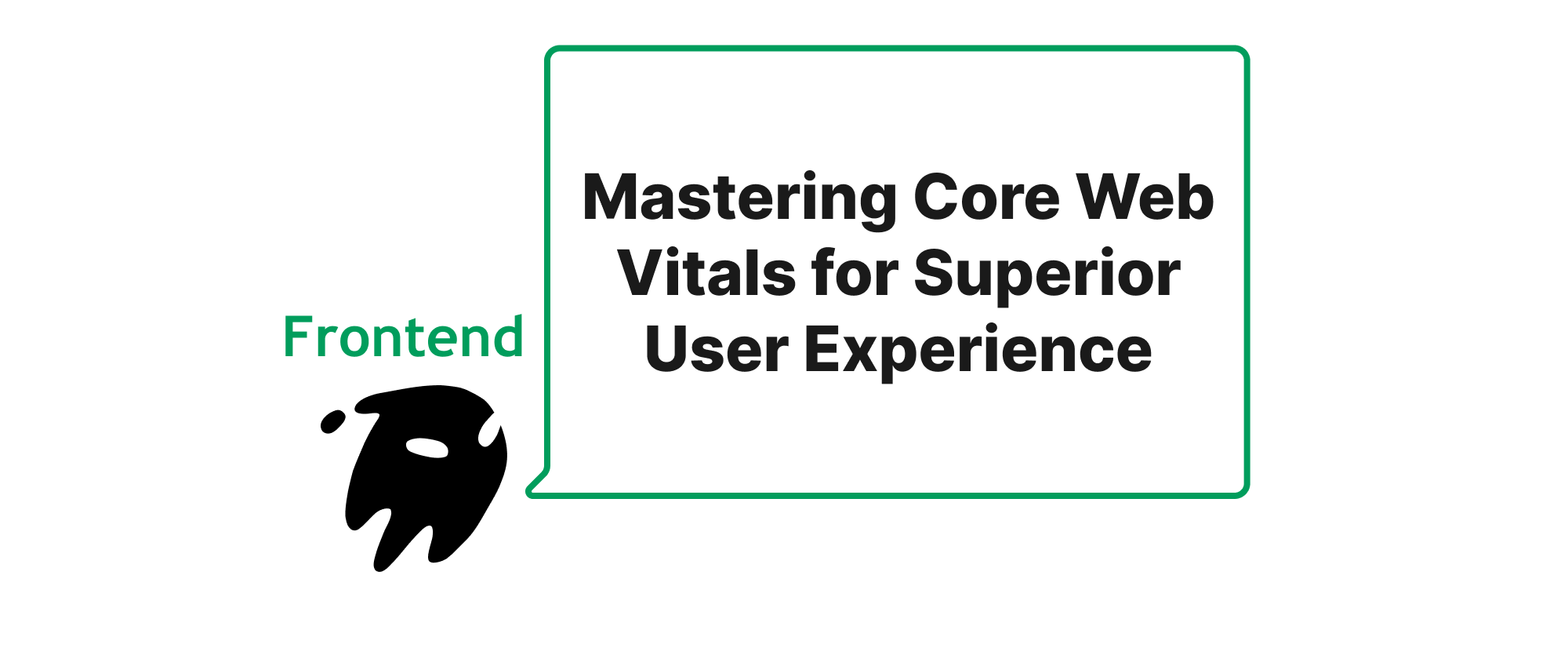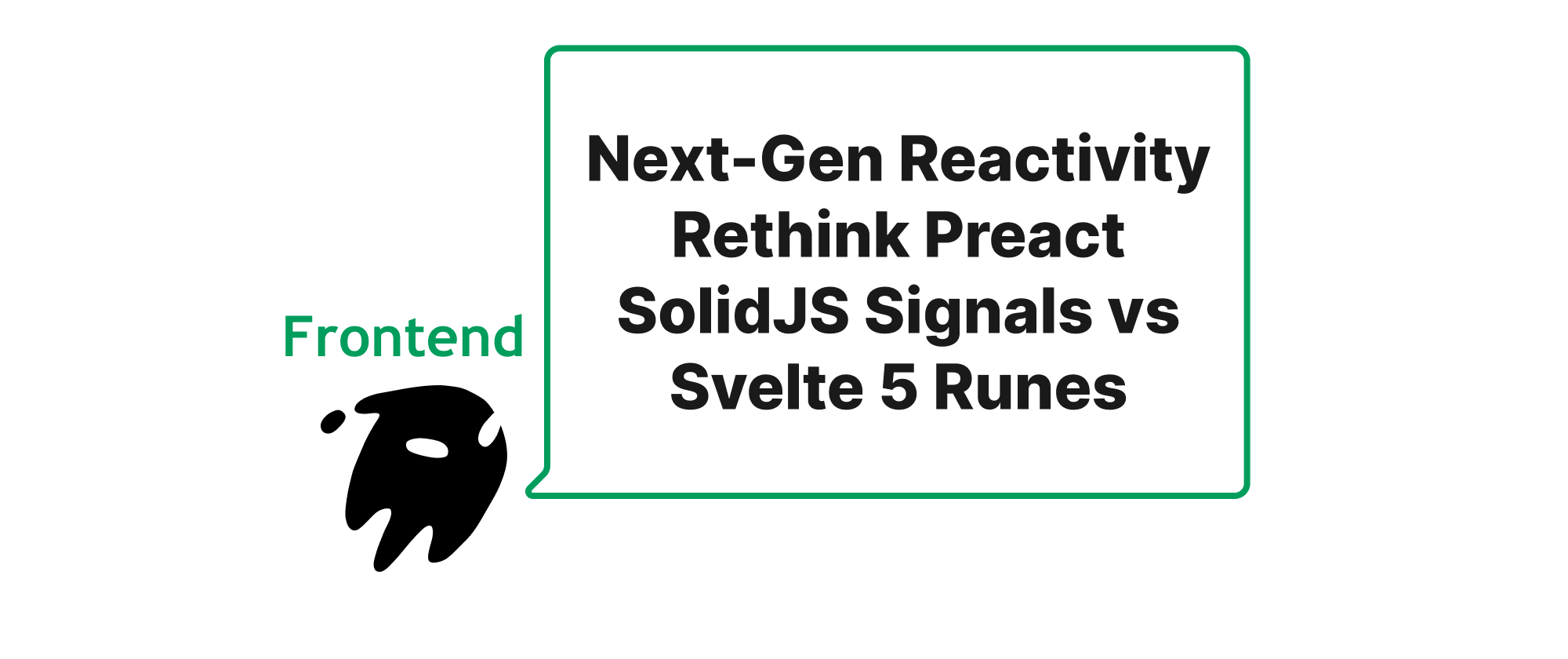Mastering Core Web Vitals for Superior User Experience
Lukas Schneider
DevOps Engineer · Leapcell

Introduction
In the ever-evolving landscape of web development, delivering a seamless and engaging user experience is paramount. Users today expect lightning-fast loading times, instant responsiveness, and a stable visual layout. Failure to meet these expectations can lead to high bounce rates, decreased conversions, and ultimately, a compromised brand reputation. To address these critical aspects of user experience, Google introduced Core Web Vitals – a set of three key metrics that quantify the real-world experience of users: Largest Contentful Paint (LCP), Interaction to Next Paint (INP), and Cumulative Layout Shift (CLS). This article will delve into comprehensive strategies for optimizing these crucial metrics, equipping developers with the knowledge and tools to craft websites that truly delight their audience.
Understanding Core Web Vitals
Before we dive into optimization, let's establish a clear understanding of each Core Web Vital:
- Largest Contentful Paint (LCP): This metric measures the render time of the largest image or text block visible within the viewport. It essentially tells us how quickly the main content of a web page becomes visible to the user. A low LCP score indicates a fast-loading and perceived excellent user experience.
- Interaction to Next Paint (INP): INP assesses the responsiveness of a page by measuring the latency of all interactions made by a user during their visit. It reports a single value that virtually all user interactions were below, based on the duration of interactions. This includes clicks, taps, and scrolling. A low INP score signifies that the page is highly responsive to user input.
- Cumulative Layout Shift (CLS): CLS quantifies the unexpected shifting of visual elements on a web page during its lifespan. Think of images or text blocks unexpectedly jumping around, disrupting the user's reading or clicking flow. A low CLS score means a stable and visually predictable page.
Optimizing these metrics isn't merely about ticking boxes for search engine rankings; it's about fundamentally improving how users interact with and perceive your website.
Strategies for Optimizing Core Web Vitals
Improving LCP, INP, and CLS requires a multi-faceted approach, targeting various aspects of web performance.
Optimizing Largest Contentful Paint (LCP)
LCP primarily focuses on the speed at which the main content is rendered. Common culprits for poor LCP include slow server response times, render-blocking resources, unoptimized images, and client-side rendering.
-
Improve Server Response Time:
- Server-Side Caching: Implement robust caching strategies at the server level (e.g., Redis, Memcached) to reduce the time it takes to generate HTML.
- Optimize Database Queries: Ensure your database queries are efficient and indexed appropriately.
- Choose a Fast Hosting Provider: A powerful and well-configured server is fundamental.
- Content Delivery Networks (CDNs): Use a CDN to serve static assets closer to your users, reducing latency.
// Example of a simple server-side caching demonstration (conceptual) // In a real application, you'd use a dedicated caching library/service. const express = require('express'); const app = express(); const cache = {}; // In-memory cache app.get('/data', (req, res) => { if (cache['data']) { // Check if data is in cache console.log('Serving from cache'); return res.send(cache['data']); } // Simulate a time-consuming operation (e.g., database query) setTimeout(() => { const result = 'This is cached data.'; cache['data'] = result; // Store in cache console.log('Serving fresh data and caching'); res.send(result); }, 500); }); app.listen(3000, () => console.log('Server running on port 3000')); -
Eliminate Render-Blocking Resources:
deferorasyncfor JavaScript: Mark<script>tags withdeferorasyncto prevent them from blocking the HTML parser.asyncexecutes scripts as soon as they are loaded, potentially out of order.deferexecutes scripts after the HTML is parsed but before theDOMContentLoadedevent, maintaining execution order.- Critical CSS: Extract and inline critical CSS for the above-the-fold content directly into the HTML to render essential elements immediately. Load non-critical CSS asynchronously.
<!-- Defer non-critical JavaScript --> <script src="non-critical.js" defer></script> <!-- Asynchronously load a script (order not guaranteed) --> <script src="analytics.js" async></script> <!-- Inlining critical CSS --> <style> /* Critical styles for above-the-fold content */ body { margin: 0; font-family: sans-serif; } .hero { background-color: #f0f0f0; padding: 20px; } </style> <!-- Asynchronously load remaining CSS --> <link rel="preload" href="full-styles.css" as="style" onload="this.onload=null;this.rel='stylesheet'"> <noscript><link rel="stylesheet" href="full-styles.css"></noscript> -
Optimize Images:
- Compress Images: Use modern image formats like WebP or AVIF and apply appropriate compression to reduce file sizes without sacrificing quality. Tools like ImageOptim or various online compressors can help.
- Responsive Images: Use
srcsetandsizesattributes with the<img>tag to serve appropriately sized images based on the user's device and viewport. - Lazy Loading: Implement lazy loading for images and iframes that are below the fold using the
loading="lazy"attribute. This defers loading until they are about to enter the viewport. - Preload LCP Image: If you know the LCP image beforehand, use
<link rel="preload">to fetch it earlier.
<img src="hero-small.jpg" srcset="hero-small.jpg 480w, hero-medium.jpg 800w, hero-large.jpg 1200w" sizes="(max-width: 600px) 480px, (max-width: 1000px) 800px, 1200px" alt="Hero image" loading="lazy" > <!-- Preload an important image (if it's the LCP element) --> <link rel="preload" as="image" href="path/to/lcp-image.jpg">
Enhancing Interaction to Next Paint (INP)
INP focuses on the responsiveness of the page to user input. The main culprits for poor INP are heavy JavaScript execution, long tasks that block the main thread, and inefficient event handlers.
-
Reduce JavaScript Execution Time:
- Code Splitting and Tree Shaking: Break down your JavaScript bundle into smaller, on-demand chunks. Eliminate unused code.
- Debouncing and Throttling: For frequently triggered events (e.g., resizing, scrolling, input fields), use debouncing and throttling to limit the rate at which event handlers are called.
// Debounce function const debounce = (func, delay) => { let timeout; return function(...args) { const context = this; clearTimeout(timeout); timeout = setTimeout(() => func.apply(context, args), delay); }; }; const handleInput = debounce((event) => { console.log('Input changed:', event.target.value); }, 300); // Throttling function const throttle = (func, limit) => { let inThrottle; return function(...args) { const context = this; if (!inThrottle) { func.apply(context, args); inThrottle = true; setTimeout(() => (inThrottle = false), limit); } }; }; const handleScroll = throttle(() => { console.log('Scrolling...'); }, 200); // document.getElementById('myInput').addEventListener('input', handleInput); // window.addEventListener('scroll', handleScroll); - Web Workers: Offload heavy computational tasks from the main thread to Web Workers, keeping the UI responsive.
// main.js const myWorker = new Worker('worker.js'); myWorker.postMessage({ operation: 'heavyComputation', data: 1000000 }); myWorker.onmessage = function(e) { console.log('Result from worker:', e.data); }; // worker.js self.onmessage = function(e) { if (e.data.operation === 'heavyComputation') { let sum = 0; for (let i = 0; i < e.data.data; i++) { sum += i; } self.postMessage(sum); } }; - Minimize Main Thread Work: Break down long-running JavaScript tasks into smaller, asynchronous chunks using
setTimeout,requestAnimationFrame, orisInputPending(if supported).
-
Optimize Event Handlers:
- Passive Event Listeners: For touch and wheel events, use
passive: trueto indicate that the handler won't callpreventDefault(), allowing the browser to scroll natively without waiting for the handler to complete.document.addEventListener('touchstart', (event) => { // ... }, { passive: true }); - Delegate Events: Instead of attaching event listeners to many individual elements, attach a single listener to a common ancestor element and handle events through event delegation.
- Passive Event Listeners: For touch and wheel events, use
Minimizing Cumulative Layout Shift (CLS)
CLS addresses the visual stability of a page. Unexpected layout shifts are often caused by images without dimensions, dynamically injected content, web fonts loading with flash of unstyled text (FOUT) or flash of invisible text (FOIT), and asynchronously loading ads or embeds.
-
Always Set Image and Video Dimensions:
- Provide
widthandheightattributes (or aspect-ratio CSS) for images and video elements. This allows the browser to reserve space before the media loads. - For responsive images, use CSS
aspect-ratioproperty to reserve space.
<img src="product.jpg" width="600" height="400" alt="Product image"> <!-- Using aspect-ratio CSS --> <style> .responsive-image-container { width: 100%; padding-bottom: 75%; /* 4:3 aspect ratio (height / width * 100) */ position: relative; overflow: hidden; /* Hide overflow from image */ } .responsive-image { position: absolute; width: 100%; height: 100%; object-fit: cover; } </style> <div class="responsive-image-container"> <img src="responsive-img.jpg" class="responsive-image" alt="Responsive image"> </div> - Provide
-
Handle Dynamically Injected Content Carefully:
- Reserve Space: If you're injecting content dynamically (e.g., ads, pop-ups, embeds), allocate space for them using CSS
min-height/min-widthor a placeholder element. - Placeholders: Display a placeholder or skeleton UI while dynamic content is loading.
- Reserve Space: If you're injecting content dynamically (e.g., ads, pop-ups, embeds), allocate space for them using CSS
-
Optimize Web Font Loading:
font-displayProperty: Usefont-display: swap(shows a fallback font immediately and swaps to web font when loaded) orfont-display: optional(may use fallback if web font takes too long, avoiding layout shift) in your@font-facedeclarations.swapis generally preferred for CLS.- Preload Fonts: Preload critical web fonts using
<link rel="preload" as="font" crossorigin>to ensure they are available earlier.
@font-face { font-family: 'MyWebFont'; src: url('myfont.woff2') format('woff2'); font-display: swap; /* Or 'optional' */ }<link rel="preload" href="/fonts/myfont.woff2" as="font" type="font/woff2" crossorigin> -
Avoid Inserting Content Above Existing Content:
- If you must insert content dynamically, try to do it below existing content, or reserve space for it beforehand.
- Be cautious with banners or pop-ups that appear at the top of the viewport after initial render, as they can cause significant CLS.
Conclusion
Optimizing LCP, INP, and CLS is not just about meeting technical benchmarks; it's about delivering a superior, more enjoyable experience to your users. By focusing on server performance, efficient resource loading, responsive interactions, and visual stability, developers can craft websites that load quickly, react instantly, and provide a predictable and delightful user journey. Implementing these strategies will not only lead to better Core Web Vitals scores but also foster greater user engagement and satisfaction.


